Jiro Sakana is a nervous 22 year old working at his uncle’s fish stall in the famous Tsukiji Fish Market. Jiro has finally gotten a date with the cute girl in the stall across from his, but his crippling anxiety threatens to destroy his chances. Not helping are the people closest to him – his well-meaning but scary intimidating older brother Taro, his goofy upbeat roommate Taisei, and his combative coworker Yuudai.
Sakana is a comedy strip comic written and drawn by Madeline “Mad” Rupert. This is the second strip comic I’ve reviewed on this site. Strip comics have experienced a renaissance online. Partially, this is because a strip is best suited for a screen. The reader has to scroll down to see a full-page comic, which lessens the impact of the whole page’s design. Secondly, the way webcomics release, in one page intervals (there are exceptions to this, but this is the norm), is more akin to how newspaper strips are read than how comic-magazines like the latest issues of Thor or Saga are read. Some of the oldest and most successful webcomics (Dave Willis’s stuff, PvP, Sluggy Freelance) are all strips. What’s exciting about the re-emergence of strips is the infusion of new voices and genres into a very old form. Sakana is a very classically drawn comic that feels new and fresh. It’s also very, very funny.
The key to Sakana’s humor and success is its dynamism. When the characters emote they emote. When they trip over something, they tumble over it. The art style is based around thick lines and bold sections of black fill. The reader can feel the weight of the brush pen outlining the characters. The character designs are iconic with a lot of attention put in balancing sections of black and white. The designs are based off of different sea creatures. Jiro has shark fin hair, and Yuudai’s face is eel-like.
With the exceptions of some color experiments, Sakana is a traditionally drawn comic. Even the lettering is done by hand. While I in no way think digital or traditional is inherently better, I greatly respect anyone who can pull off hand lettering. By being able to control the lettering completely, Rupert makes her words as dynamic as her drawings. The text is part of the art, and often part of the joke. When a character shouts, the words take over the panel. When a character withers, their speech bubble crackles with bitter energy.
Reading Sakana is watching a bunch of over-reactors bounce off each other and struggle through life. It’s very madcap without ever breaking reality. There are many appreciable dumb puns, for example, ‘Sakana’ means fish in Japanese, so the Sakana Fish Stall is actually the Fish Fish Store. If you find that joke as delightful as I, this might be the comic for you. The characters are all very endearing, and it’s easy to root for the cripplingly stressed Jiro. We root for the characters in part because they struggle so much to do anything. Even Yuudai, who is a jerk to everyone, is sympathetic because the reader sees how hard accomplishing anything is. There is a drama element to Sakana. Rupert reveals more complexity and conflict into the Sakana family, such as Jiro and Taro’s deceased parents, and their Yakuza entangled cousin. While the central story is about Jiro and his crush, more conflicts keep being introduced. These developing arcs are engaging and I’m excited to see how they blow up later. Because anything that can blow up, will blow up.
Sakana is a very technically skilled, funny strip comic about lovable characters. It updates every Tuesday and Friday.


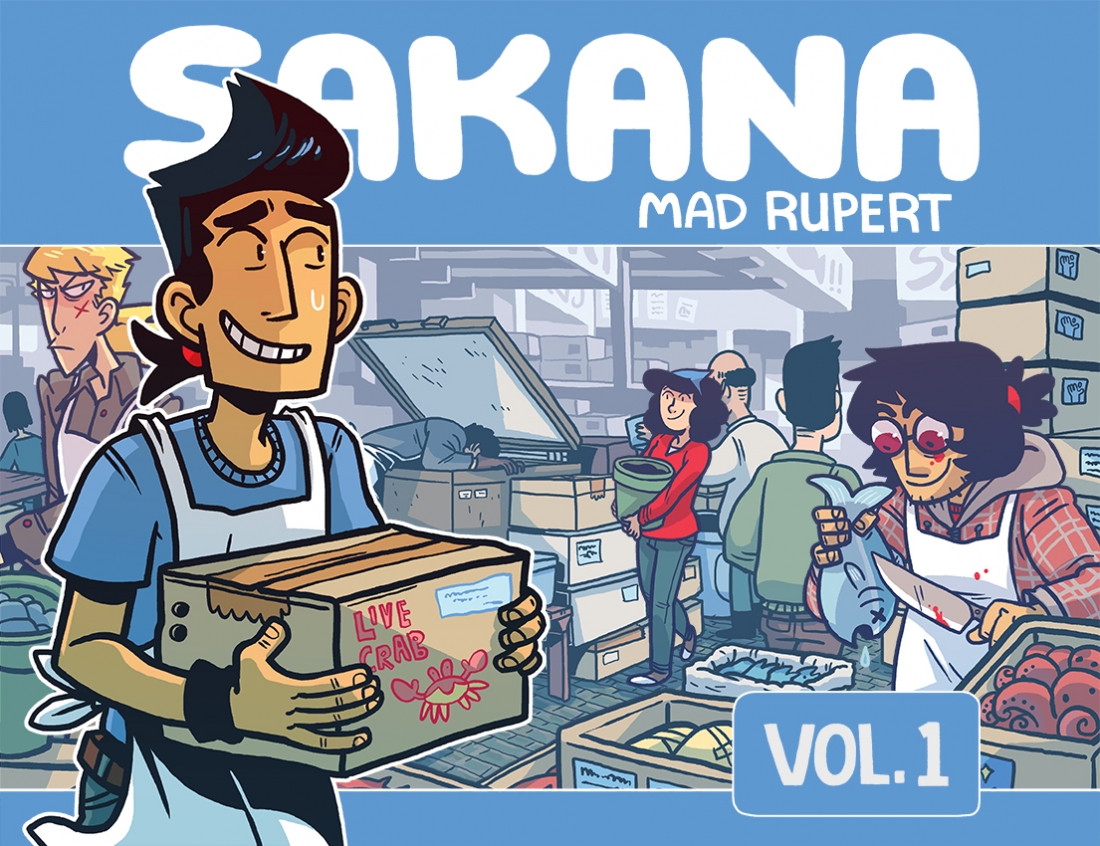
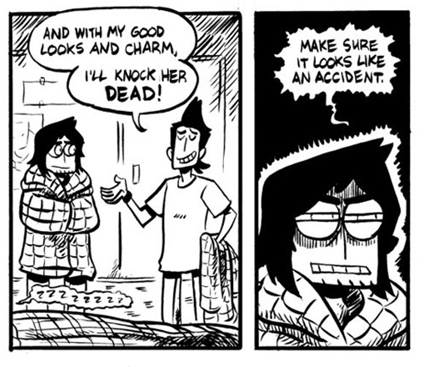
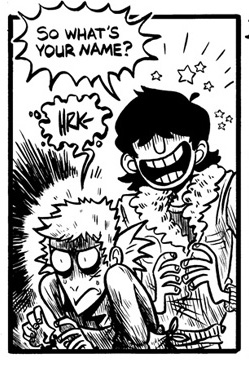
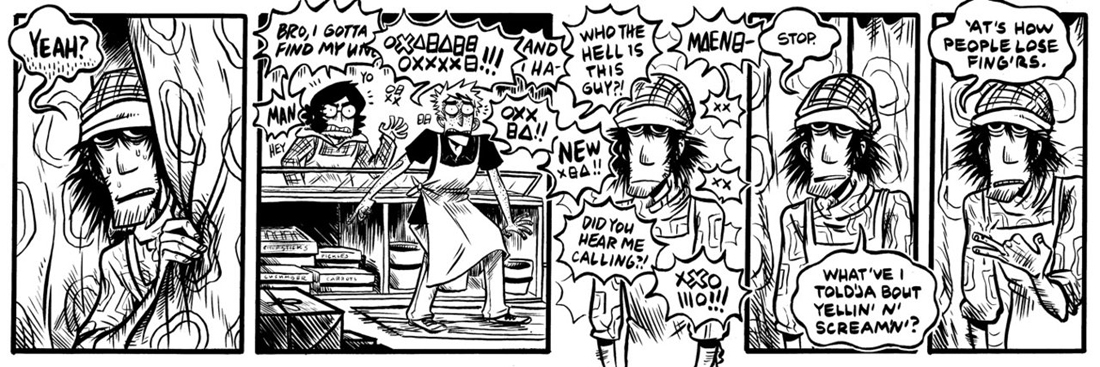
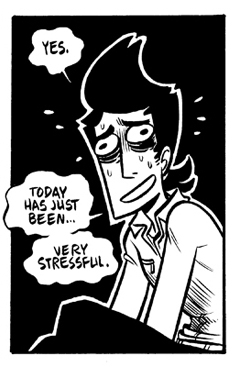

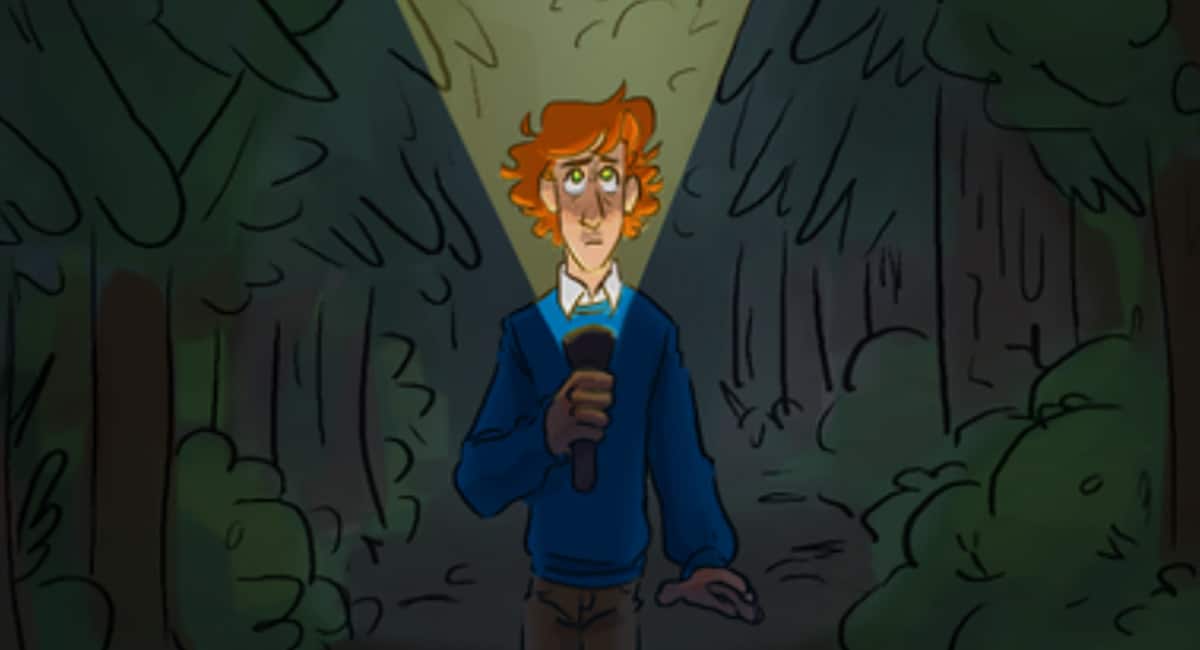



Comments are closed.